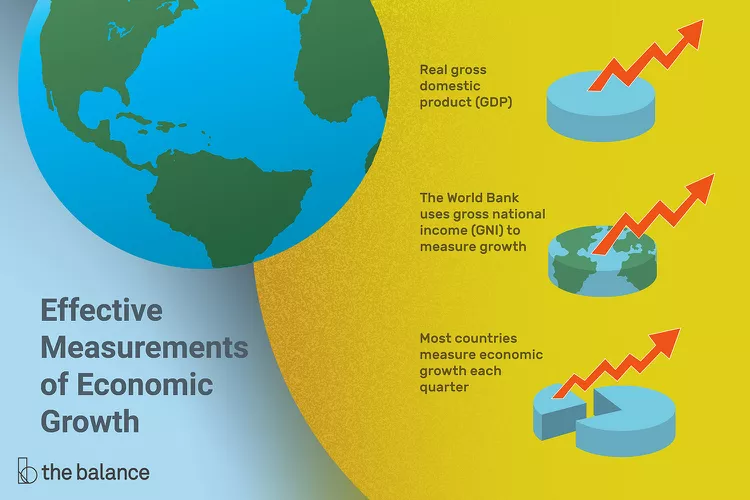Certificates of deposit (CDs) are special savings accounts that offer interest on a one-time deposit in exchange for locking in the funds for a set term. While CDs may be overlooked when interest rates are low, as rates trend up, more people may consider investing in them.
To help you meet your cash flow needs throughout your savings time horizon, you can establish your CD allocations using strategies such as ladders, barbells, and bullets. Understanding these strategies for certificates of deposit can help you maximize your savings.
Key Takeaways
- CDs typically offer higher interest rates than regular savings accounts in exchange for locking in your funds.
- You may incur penalty fees if you wish to withdraw your money before the term ends, especially if you aim to capitalize on increasing interest rates.
- CD strategies like ladders, barbells, and bullets can assist you manage changes in interest rates while maintaining some liquidity.
- Many banks offer more flexible CDs, such as those with variable interest rates or penalty-free access to your money.
What Is a CD Ladder?
A CD ladder is a series of CDs, each of which has a different term length. For example, you could create a five-year CD ladder consisting of five CDs that mature after one, two, three, four, and five years. You could also consider building a shorter-term CD ladder, such as a one-year ladder of CDs whose terms are three, six, nine, and 12 months.
Each time a CD matures, you can choose to either cash it out or reinvest the proceeds into a new CD that matures after the last one in your series. You can also choose to cash out some of the funds and invest the rest in a new CD.
How To Set Up a CD Ladder
To start a CD ladder, divide your money and use it to buy CDs with varying terms. For example, if you have $6,000 to invest, you could distribute it by putting $2,000 in a one-year CD, $2,000 in a two-year CD, and $2,000 in a three-year CD. When the one-year CD matures, you could cash it out or roll it over into a new three-year CD to continue building your ladder.
What’s the Point of a CD Ladder?
A CD ladder offers a balance between interest and liquidity. Different CDs in your ladder will mature at regular intervals, providing you with penalty-free access to your funds. However, longer-term CDs typically offer higher interest rates than shorter ones, so your ladder will help you maximize your CD earnings.
Overall, a CD ladder offers better returns than choosing shorter-term CDs and more flexibility than committing your money to a longer-term CD.
What Is a CD Barbell?
A CD barbell is a strategy in which you split your investments between short-term and long-term CDs. This method includes none of the intermediate terms you’d find in a CD ladder. A CD barbell gives you more liquidity since the short-term CDs mature sooner, while also offering exposure to higher interest rates in longer-term investments.
How To Set Up a CD Barbell
To start a CD barbell, simply deposit half of the money you’d like to invest into a CD with a short term, such as six or nine months. Put the other half in a longer-term CD that won’t mature for five years or more.
When the short-term CD matures, you’ll have access to some of your money, and you can withdraw it to pay for a short-term goal or unexpected expenses. You can also roll the funds over into a new short-term CD. In the meantime, your longer-term CD is earning a higher interest rate.
What’s the Point of a CD Barbell?
Utilizing a barbell as your CD strategy can be a good option if you’re saving toward short- and long-term financial objectives. A CD ladder may enable you to earn a higher interest rate than what you could achieve with a liquid savings account or a short-term CD, while offering regular access to your funds so you can use or look for better rates.
What Is a Bullet CD Strategy?
With a bullet CD strategy, you deposit money into several CDs over time—all of which will mature just before you plan to need the money.
For example, suppose you are saving up to buy a new-to-you car in two years. Here’s an example of what your bullet strategy might look like:
- Now: You might invest $2,000 into a two-year CD
- Six months: You’ve set aside another $1,000, so you put it in an 18-month CD
- 12 months: You have another $1,000, which you put in a one-year CD
- 18 months: You’ve saved another $1,500, so you put it in a six-month CD
- 24 months: All four CDs mature, giving you $5,500 plus interest toward your new car
How To Set Up a Bullet CD Strategy
Using the bullet CD method is simple:
- Determine when you’ll need the money.
- Buy a CD that matures just before that date.
- Repeat as you save up more money, always choosing CDs that will mature by the date you’ll need the funds.
This CD strategy offers enough liquidity for you to meet your financial goal while earning more interest than you would with a savings account.
What’s the Point of a Bullet CD Strategy?
A CD bullet lets you to gradually save money aside toward a financial goal. As you save up each chunk, you lock it away so you can guarantee it will be available when you need it. This CD strategy also enables you to earn interest while you save towards your goal.
Alternate CDs To Consider
Generally, banks do not increase the rates paid on a CD during its term, even if the market interest rate has increased. In addition, banks also typically charge a penalty for early withdrawal. However, some financial institutions offer CDs with non-traditional terms to attract customers seeking greater flexibility.



